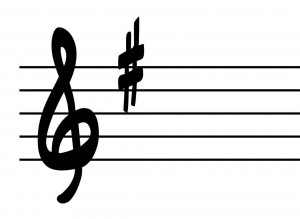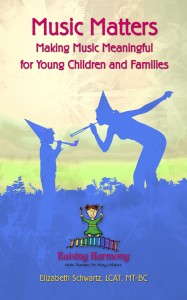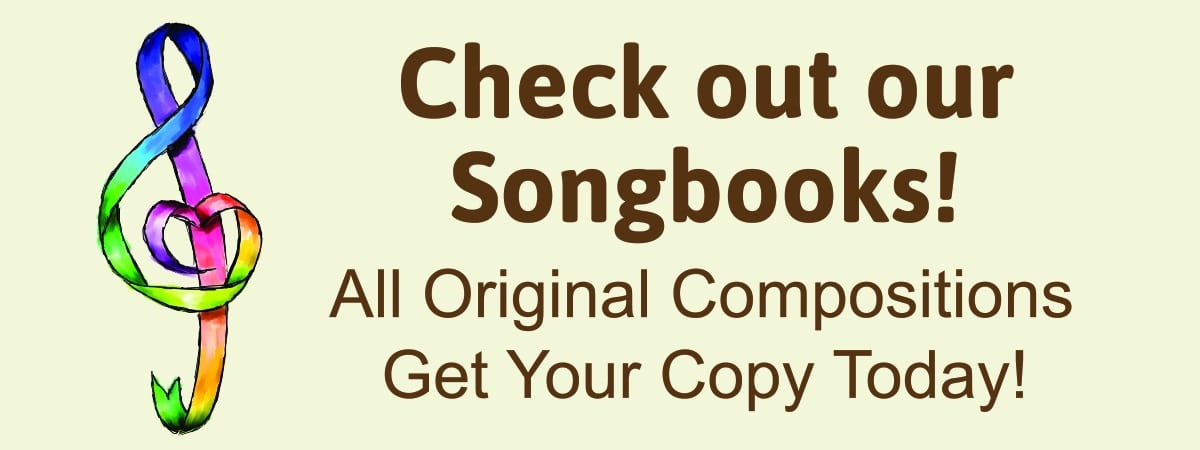I just came back from an amazing international conference on current research in music therapy. It is always refreshing to hear truly great minds present their ideas with a passion that is backed up by charts and graphs and big name journal citations. A thread that ran through many of the presentations was the call for further research focusing on the ‘mechanisms of change’ that allows for music therapy to work.
I guess that I am pretty naïve, because when I am making music with little children and their families, I think that I know what those ‘mechanisms of change’ are. The search for validation through research just seeks to precisely explain human nature and the place of music in humans, even though this phenomenon has existed throughout time. It is kind of like my mother-in-law’s chicken soup. It tasted awesome every time. When I asked her for the recipe, she looked at me quizzically as if to say “Why?” She then proceeded to throw in a little bit of this and a little bit of that and set it to simmer on the stove for hours. It was undoubtedly just the way she learned from her mother, and her mother learned from her mother. It was within the ‘doing’ that the ‘understanding’ became clear.
But this making of the chicken soup did not exist in a vacuum. There are really four critical mechanisms in the know-how of chicken soup: The Ingredients; The Cook; The Cooking; and The Eater (that would be me!). Each of these parts needs to be present in order to complete the chicken soup experience.
So here are some of my ‘throw in a little of this’ thoughts from chicken soup on how music and music therapy works.
The Ingredients of Music
It is the unique variation in the elements, or ingredients of music, in each music experience that creates one mechanism of change. Research has pinpointed the physiological and psychological changes created by some of these ingredients such as rhythm or harmony. Much more needs to be done in the less studied ingredients such as timbre or pitch. With careful observation in my sessions, I can see how each tiny change in any of these elements creates changes in me and my music and in the music makers who join me. Effective music therapy means knowing how to include, exclude, vary or expand each of these ingredients.
The Music Cook
No matter how precise a person might be, there is always an individual imprint on everything we do. Research itself really struggles with this uniqueness of humans. Each and every one of us, thankfully, is an independent variable! The cook then, becomes a critical mechanism of change, no matter how much we try and control the ingredients. Music as we know it is created by humans (yes, even humans program the music generating programs). So the music cook, or the music maker, cannot and should not be left out of the equation when figuring out how music and music therapy works. As a composer, I know that even though others re-create my music with young children, it never is an exact replica of my musicing. The cook matters.
Cooking the Music
I might be out on a limb here, but I believe that music only exists as a process. Because music (we are not talking notation) only happens across time and within experience, the process of musicing is the third mechanism of change. It is within the process of making the music (whether receptive or expressive) that the music becomes a human experience. Research has given us a lot of background on the process of the human music experience including sensory and emotional progressions. However, I think that music process is the mechanism that is the least understood and studied by music therapists. We often look to other disciplines and professions to help us understand changes within our clients when we should be immersed in understanding the process of music making. Our real soup is bubbling right beneath our nose!
Eating the Music
I might have taken this analogy a little too far, but visualizing music making the same way we visualize eating might help to understand the ‘eater’ as being vital as the final mechanism of change. I love parsnips in my chicken soup. My husband hates them. It doesn’t matter that he knows that they are really healthy, or that they add to the flavor, or that they make the soup look more like his mother’s. He still hates them. Without a music ‘eater’ who wants the soup, or the music, the way it is made, there is no way that the chicken soup experience will happen. He just won’t eat it. In my music therapy groups, there are kids who love melody and kids who seem to care less. There are kids who only get excited or calmed through rhythm. As music therapists, I think we have given far too little attention to the individual’s personal proclivity for music ingredients and the music process. Yes, we do ask about musical preferences, but this often becomes more about a list of songs or a specific genre than a thorough understanding of the very individual nature of musicing.
There you have it. So as I go to work every day as a clinician, I look toward the day when the graphs and charts and journal citations will empirically recognize what I think is already happening in my practice. I will not stop reading the cook books, but I will continue to make the soup in the way I learned from my music and music therapy ancestors. And I will make sure that the soup is one that all of my children and families will want to eat. And if I am asked for a recipe….I’ll tell them to first read the cookbooks, but then take what they learned and just put in ‘a little bit of this, and a little bit of that’.
Oh… always remember that if you are having guests, you need to make sure you ask them how they like their soup. That way you can all sit down together for a satisfying meal.
Enjoy the soup and the music!
Beth















